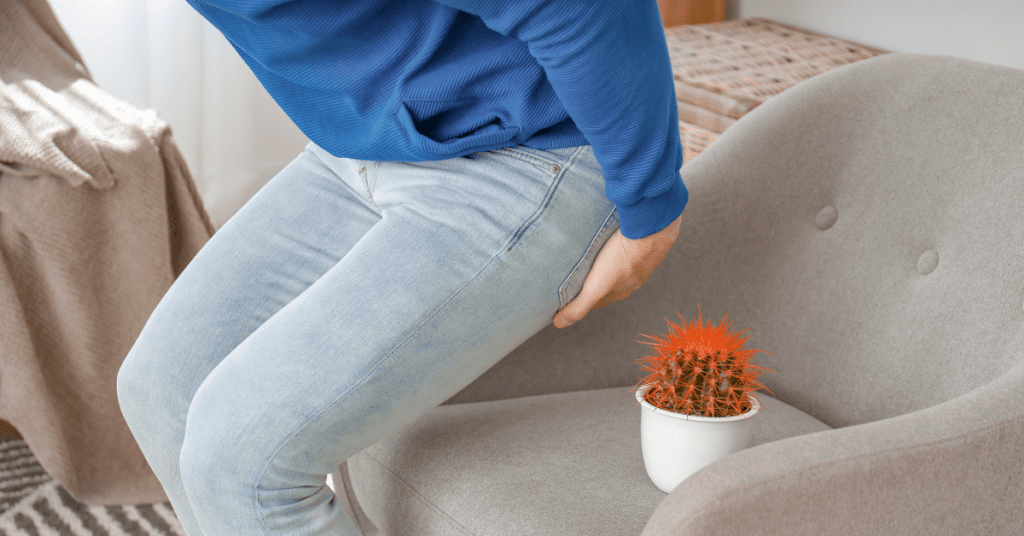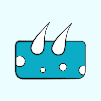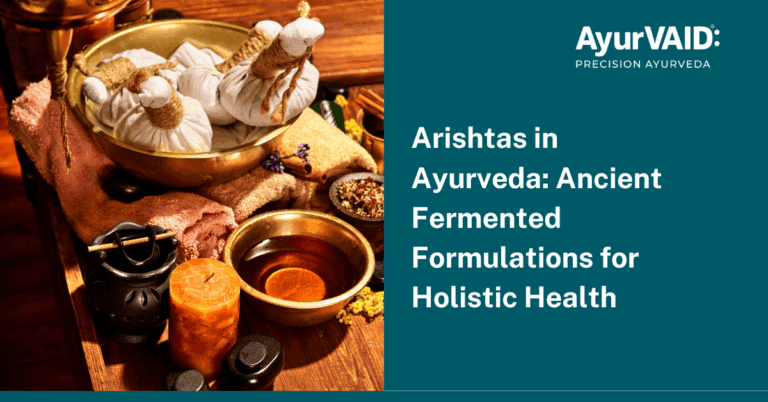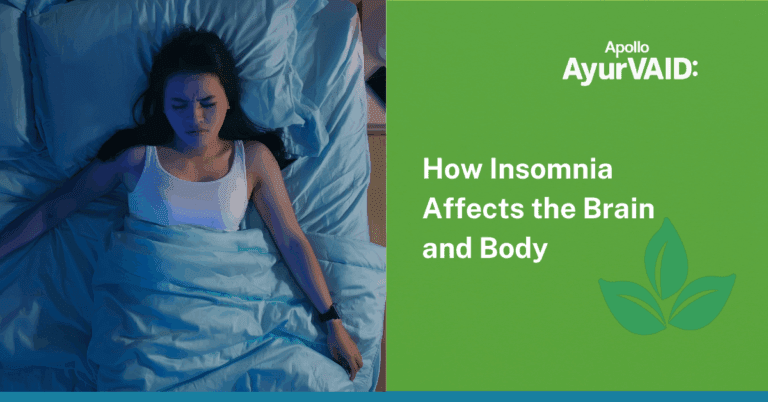Fissures and haemorrhoids are the most common anorectal disorders and are often confused due to the similarities in their symptoms. However, there are distinct differences in the signs and symptoms, and they present differently in patients. These differences are explained below.

Haemorrhoids: Haemorrhoids (Haima = Blood, Rhoos = Flowing), also known as Piles (meaning a ball), are dilated, tortuous veins of the rectum and anal canal. There are two main types of haemorrhoids:
- Internal haemorrhoids: Located inside the rectum, these are usually painless but can cause bleeding.
- External haemorrhoids: Found outside the anal canal, these can be itchy, painful, and may bleed.
Causes:
Here are some hemorrhoid causes include:
- Constipation and straining
- Inadequate water and fiber intake
- Prolonged sitting on the toilet
- Diarrhoea
- Pregnancy, ascites
Symptoms:
Here are some hemorrhoid symptoms include:
- Swelling around the anal region.
- Painless, bright red-colored bleeding during defecation.
- Incomplete evacuation of bowels.
- Itching and soiling of undergarments due to mucus discharge.
| Piles | Fissures |
|---|---|
| Enlarged or swollen veins in the anal canal, rectum, or anus | A small tear or crack in the skin around the anus |
| Initially painless, but discomfort grows as swelling increases | Highly painful and uncomfortable, often accompanied by mild to severe bleeding |
| Commonly caused by prolonged constipation, pregnancy, chronic coughing, or physical strain | Typically results from pregnancy, obesity, injury to the anal area, Crohn’s disease, passing hard stools, or chronic diarrhea |

Classification by Size:
- 1st degree: Remain inside the rectum
- 2nd degree: Prolapse through the rectum during defecation and reduce on their own
- 3rd degree: Prolapse through the rectum during defecation and require manual reduction
- 4th degree: Remain prolapsed persistently
Fissure-in-Ano: An anal fissure is a small tear in the lining of the anal canal. It is a very common and painful condition. There are two main types of fissures: acute and chronic.
Causes:
- Chronic constipation or diarrhoea
- Passing hard stools
- Patients with a tight anal sphincter
- Normal vaginal delivery
- Inflammatory conditions like Crohn’s disease
Symptoms:
- Sharp pain and a burning sensation during bowel movements
- Bright red-colored blood along with the stool
- Visible crack in the anal region
- Itching or irritation in the anal region
- A small lump or skin tag near the fissure
What to Avoid in Piles and Fissure?
While you may already understand the difference between fissures and piles, managing their symptoms often requires simple lifestyle adjustments.
If you are dealing with piles or fissures, consider following these recommendations:
- Limit spicy foods
- Cut down on fried foods
- Reduce the intake of caffeinated drinks
- Avoid alcohol consumption
Treatment for Piles and Fissure
A typical fissure or hemorrhoid is generally manageable and usually takes about 6-8 weeks to fully heal. Hemorrhoid fissure treatment focuses on dietary changes, lifestyle modifications, and Ayurvedic remedies to promote healing and prevent recurrence.
Here are some effective methods to promote faster recovery from piles and fissures:
- Increase fiber and fluid intake to soften and bulk up stools, making bowel movements easier and less painful.
- Applying a cold compress or ice pack can help relieve pain and is considered one of the most effective treatments.
- Taking a sitz bath—a warm bath with added salts—is a popular and effective home remedy for soothing discomfort.
- Wearing loose cotton clothing can prevent irritation and help reduce pain in the affected area.
- Drinking 500-600 ml of water on an empty stomach can stimulate the gastrocolic reflex, encouraging regular bowel movements.
- If symptoms continue for more than a week, it is recommended to seek medical advice.
Prevention of Piles and Fissures
You can reduce the risk of developing piles and fissures by adopting healthy lifestyle habits that support regular bowel movements.
Here are some effective preventive measures:
- Consuming a fiber-rich diet
- Staying well-hydrated by drinking plenty of water
- Maintaining a regular exercise routine, including practicing yoga to help prevent piles and fissures
- Avoiding prolonged periods on the toilet
- Herbal remedies like Triphala and Guggulu
- Basti therapy (medicated enema)
- Ksharasutra therapy for severe cases
- Lifestyle and dietary changes to improve digestion
- Spicy and oily foods
- Caffeine and alcohol
- Processed and fried foods






